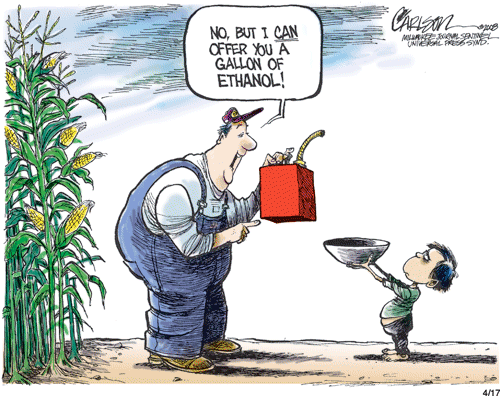Two responses are needed to the point Douthat raises here:
the modern liberal mind is trained to ask for spreadsheet-ready projections and clearly defined harms, and the links that social conservatives think exist aren’t amenable to that kind of precise measurement or definition. How do you run a regression analysis on a culture’s marital iconography? How do you trace the downstream influence of a change in that iconography on future generations’ values and ideas and choices? How do you measure highly-diffuse potential harms from some cultural shift, let alone compare them to the concrete benefits being delivered by a proposed reform or alteration? How do you quantify, assess and predict the precise impact of a public philosophy of marriage — whatever that even means — on manners and morals and behavior? Especially when there are so many confounding socioeconomic variables involved —
(source: The Wild Ideas of Social Conservatives – NYTimes.com)

- How do we go about training people better than this? It is simply not the case that humans can or should live by the measuring of quantifiable aggregations alone, not least because the overview of the data will never be available to most of them in any kind of reasonable decision-frame, nor can the training be made available to all humans at a quality and cost that will make it worthwhile, nor can the most important things actually be placed on that scale. Who, given one clear look at the alternative, would choose to live in the foretaste of eternal Hell that we experience in this kind of world? A world where there can be no devotion of sacred objects which removes them wholly from the economy, no quality of human flesh or fleshy connections which converts them wholly to what cannot yet be foreseen, rather than attempting to recapture them in a metric of the putatively known; a world where the specious present is legally and psychologically compelled to serve as the cash-out of the wholly personal, wholly devoted, and wholly eternal which nonetheless never can at all be privatized, hoarded, or immaterial?
- And how do we demonstrate the concrete, visible, manifest consequences of our commitment to what is real, rather than what is willfully pretended? Continue reading

 Most libertarian-to-conservative types are pretty suspicious of state power, and pretty ready to question or even challenge its abuses. They only need recruiting and a hope for real change to be strong supporters of reforms.
Most libertarian-to-conservative types are pretty suspicious of state power, and pretty ready to question or even challenge its abuses. They only need recruiting and a hope for real change to be strong supporters of reforms. This is, of course, not an accident in the end (though few who simply give in to criminal and animal passions can be expected to know it). The constantly enforced dilemma between the violence of mobs and the totalitarianism of the regime is the essential strategic idea of the Left, throughout its history.
This is, of course, not an accident in the end (though few who simply give in to criminal and animal passions can be expected to know it). The constantly enforced dilemma between the violence of mobs and the totalitarianism of the regime is the essential strategic idea of the Left, throughout its history.